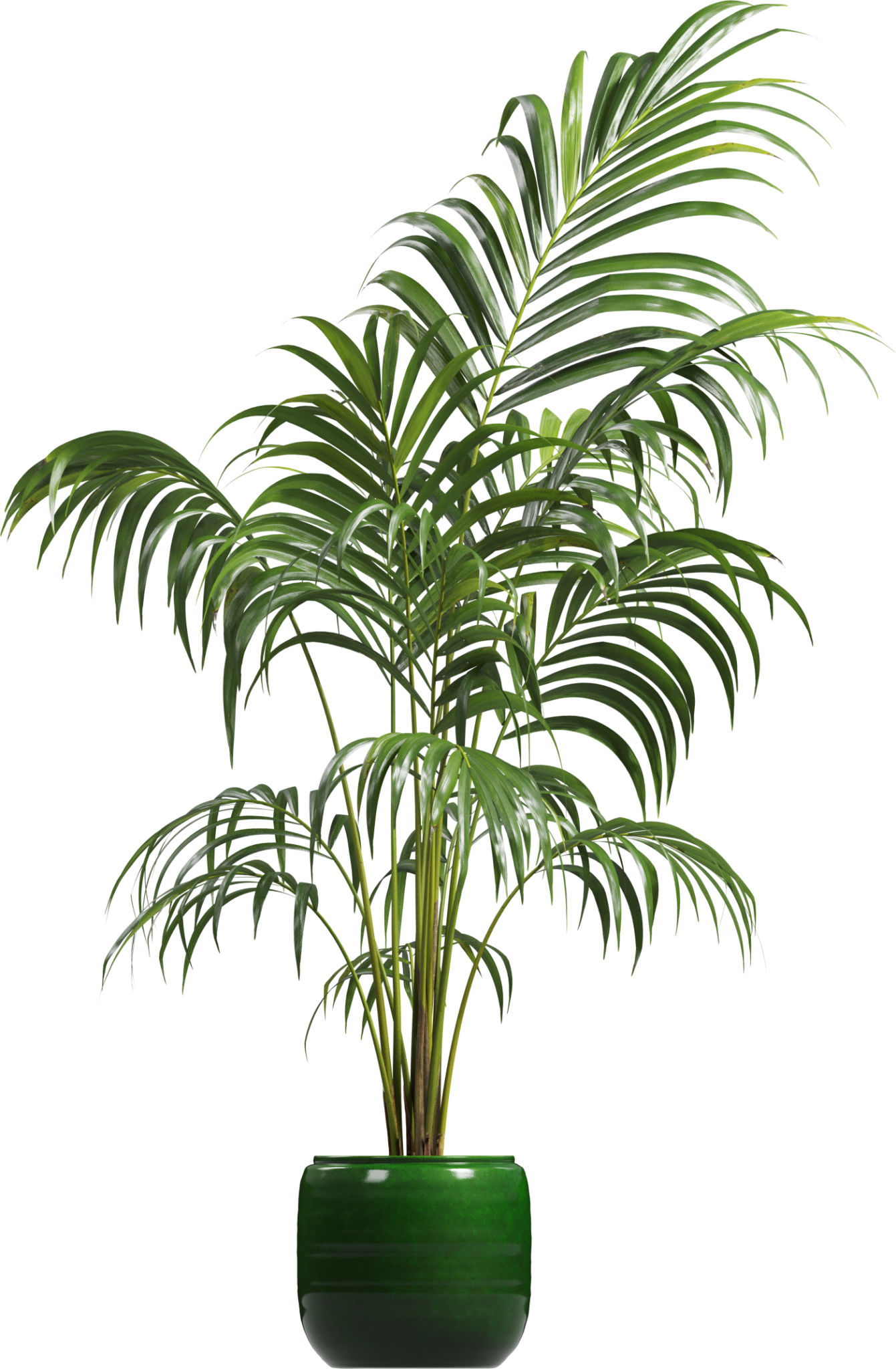Common Misconceptions About Air-Purifying Plants: What Really Works
Understanding Air-Purifying Plants
The idea that certain houseplants can purify the air is a popular belief, often stemming from a NASA study conducted in the late 1980s. While it's true that plants have the ability to remove some toxins from the air, their effectiveness in a typical home environment is often overstated. Before you fill your home with greenery, it’s important to understand what these plants can and can't do.

The NASA Study: A Closer Look
The NASA Clean Air Study is frequently cited as evidence that plants can significantly improve indoor air quality. However, this research was conducted in controlled laboratory conditions, using small chambers sealed from outside air. The study found that certain plants could remove toxins like formaldehyde and benzene; however, these results don't necessarily translate to real-world home environments.
To achieve similar results at home, you would need a large number of plants in a confined space, without ventilation. For most people, this isn't practical or desirable. Therefore, while plants can contribute to air purification, they aren't a substitute for proper ventilation and air filtration systems.
Common Misconceptions About Plant Varieties
Many people believe that specific plant species are more effective at purifying the air than others. Some commonly mentioned plants include the peace lily, snake plant, and spider plant. While these plants do have some air-purifying capabilities, their impact is limited in a typical home setting.

It's also worth noting that having a variety of different plants can help to some extent, as different species can remove different types of toxins. However, expecting any single plant or even a small collection to significantly improve air quality is unrealistic.
The Role of Plants in Overall Well-being
Despite their limited ability to purify air, houseplants offer numerous other benefits. They can improve mood, increase productivity, and add aesthetic value to your space. The act of caring for plants can be therapeutic and provide a sense of accomplishment. Additionally, having greenery indoors can help reduce stress and promote a sense of calm.

When choosing plants for your home, consider factors like maintenance requirements and lighting conditions rather than focusing solely on their air-purifying claims. Opt for plants you enjoy and can easily care for, as this will maximize the benefits they bring to your living space.
Practical Steps for Better Air Quality
If your main goal is to improve indoor air quality, combining plants with other strategies is the most effective approach. Here are some practical steps you can take:
- Ensure proper ventilation by opening windows whenever possible.
- Use air purifiers with HEPA filters to capture pollutants.
- Avoid using products containing harsh chemicals indoors.
- Regularly clean and dust surfaces to reduce allergens.
These measures, combined with the presence of houseplants, can contribute to a healthier home environment.
Conclusion: Balancing Expectations
In conclusion, while air-purifying plants offer some benefits, it's essential to balance expectations with reality. They are not a magical solution for indoor air pollution but can be a valuable part of a broader strategy. Embrace houseplants for their beauty and psychological benefits, not solely for their purported ability to clean the air.